In the realm of sweet delights, the humble sugar cone often goes unnoticed. Moreover, yet it holds a fascinating story that spans centuries. This article delves into the intriguing world of sugar cones, exploring their historical significance, production methods, and modern-day uses. We’ll uncover the nutritional aspects and address common queries, providing a comprehensive understanding of what a sugar cone really is. So, let’s embark on this sweet journey, unraveling the mysteries of sugar cones, one scoop at a time.
Exploring Sugar Cones: The Essence of Conical Sugar
The Rich History of Sugar Loaves: A Symbol of Status
Drenched in a rich history extending back to the 18th century, sugar cones, often eclipsed by their flashy modern counterparts, bear considerable importance. More than mere household staples, these conical sweeteners symbolized wealth and social status. Picture a time when sugar wasn’t just a sprinkle on your cereal but a luxurious item, securely stored in ornate sugar boxes, serving as a testament to its value.
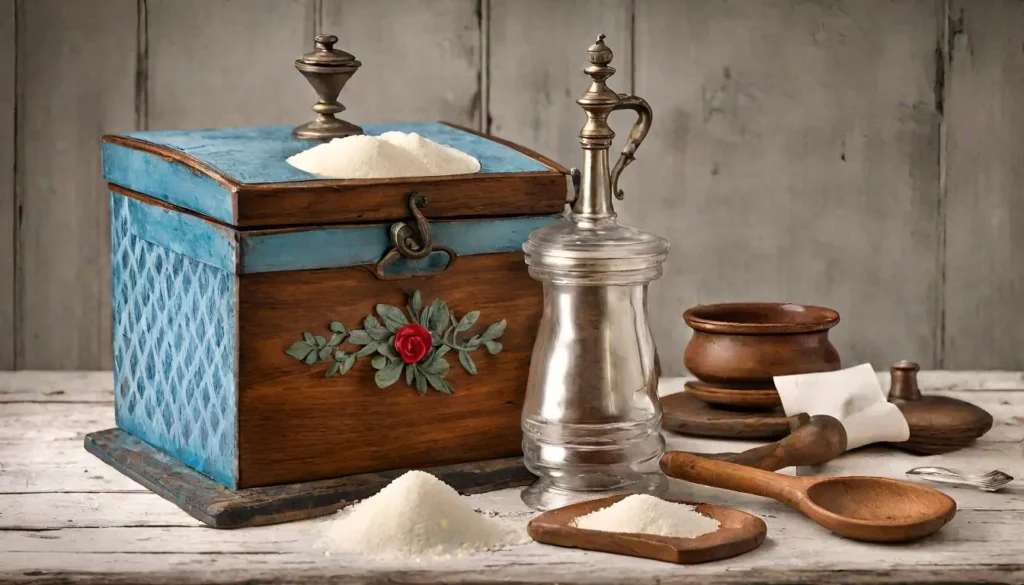
During colonial times, sugar held precious status, and the cone shape wasn’t merely for visual appeal. The form played a pivotal role in the transportation and storage of sugar. These cones, frequently adorned with vibrant blue paper and sealed with red wax, were a familiar sight in the pantries of the affluent.
Crafting the Iconic Cone: A Journey from Fields to Kitchen
But how did these cones come into existence, and what set them apart? The journey of a sugar cone commences in tropical fields where sugarcane gently sways in the breeze. The raw sugar extracted from these canes undergoes a captivating refinement process. It tells a tale of transformation, wherein raw, unrefined sugar undergoes boiling, purification, and crystallization to assume the iconic cone shape. This process transcends mere sweetener creation; it is an art form, mastered by skilled craftsmen privy to the secrets of the perfect sugar cone.
Delving deeper into the realm of sugar cones reveals layers of history and craftsmanship. These cones aren’t confined to the kitchen; they embody culture and tradition, representing a sweet legacy passed down through generations. So, as we explore the historical significance of sugar cones, we’re not merely studying a sweetener; we’re uncovering a piece of history, a fragment of the past that enriches our understanding of the world. For further insights into the rich history and evolution of sugar cones, offering a glimpse into their significance in past societies, check out Sugar Cone Delights: A Sweet Journey.
Historical context of sugar cones provides further insights into the rich history and evolution of sugar cones, offering a glimpse into their significance in past societies.
Delving Deeper: The Rich Past of Conical Sugar
The Role of Sugar Cones in History
The story of sugar cones intricately weaves into the tapestry of history, mirroring the changing tides of commerce, culture, and cuisine. In the 18th century, sugar was not merely a sweetener but a symbol of affluence and influence. The presence of a sugar cone in one’s household was a clear indicator of wealth and social standing.
The 18th Century and the Luxury of Sugar Cones
During this era, sugar cones were a luxury, a prized possession that only the elite could afford. People often stored them in special containers known as sugar boxes, meticulously crafted works of art designed to protect and showcase the valuable cones. The sugar trade was booming, and it played a pivotal role in the economy of many nations. Besides, sugar plantations across the Caribbean and the Americas were the epicenters of this trade, with sugar cones being one of the most sought-after commodities.
Colonial America’s Affair with Sugar Pyramids
In Colonial America, sugar cones were more than just a sweet treat; they were a part of everyday life and a crucial ingredient in the culinary landscape. People used the cones in a variety of dishes, incorporating them into tasks such as sweetening teas and coffees or baking. The unique process involved grating or chipping the cones using special sugar nippers, a tool designed specifically for this purpose.
The size and quality of the sugar cone also spoke volumes about its owner. Larger cones were often of lesser quality and cheaper, while the smaller, more refined cones were more expensive and coveted. This distinction in size and quality was a direct result of the sugar refining process. Where the purest sugar crystallized into smaller cones.
As we delve into the historical significance of sugar cones, we uncover a narrative that goes beyond the kitchen. These cones were a part of the social fabric, a commodity that influenced trade routes, economies, and even the course of history. The sugar trade was a catalyst for many historical events. Including the colonization of tropical islands and the unfortunate rise of the slave trade.
For more insights into the sugar trade and its impact, Historical context of sugar cones offers a wealth of information.
Crafting Sugar Cones: From Cane to Kitchen
The Art of Making Cone-Shaped Sugar
Creating sugar cones involves a captivating blend of art and science, refining the process over centuries. Besides, it begins with the extraction of raw sugar from sugarcane, a tropical grass that’s been the backbone of the sugar industry. This raw sugar, laden with molasses, undergoes a meticulous process of purification and crystallization.
Raw Materials and Processing
The journey from cane to cone starts with boiling the raw sugar with lime water to remove impurities. This mixture is then purified further using egg whites, ox blood, or sometimes charcoal, a process that might sound bizarre to modern ears but was essential in achieving the desired purity. Re-boil the liquid sugar and let it evaporate several times until achieving the perfect consistency for crystallization.
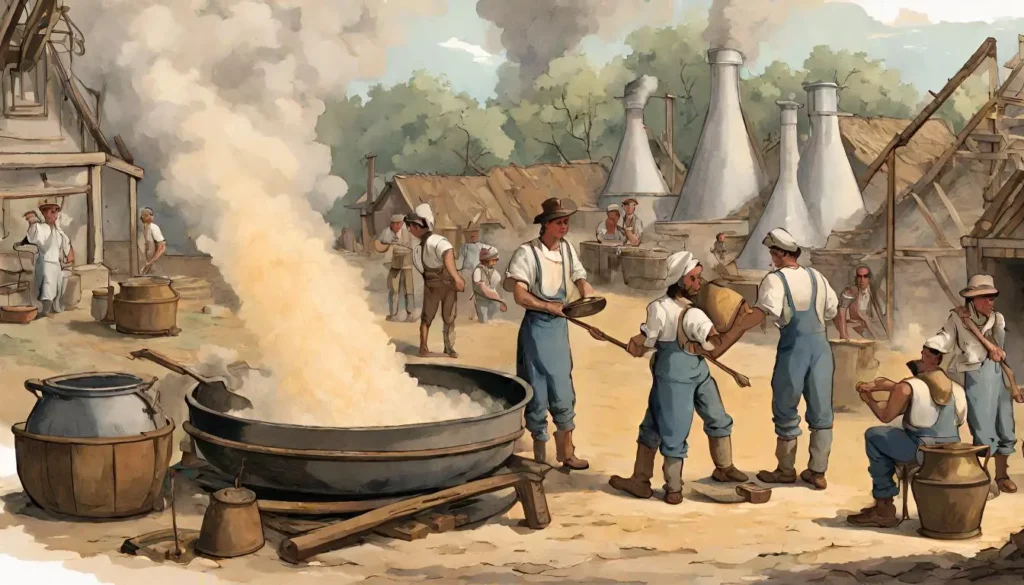
Different Forms of Refined Sugar Cones
After preparing the sugar liquid, pour it into cone-shaped molds. The mold’s pointed end holds an initially paper-plugged opening, later removed to allow excess liquid drainage, leaving the solid sugar cone behind. The size of the cone is indicative of its quality – smaller cones contain purer, more refined sugar, while larger cones are less refined.
The final step in the sugar cone’s creation is the whitening process. Pouring a layer of white clay slip over the large end of the cone facilitates the slow filtration and removal of any remaining molasses. To attain the highest quality of refined sugar, one may need to repeat this process. To attain the highest quality of refined sugar, one may need to repeat this process.
Carefully removing the sugar cones from their molds reveals their distinctive shape. Wrapping them in blue paper to enhance their bright white color is a practice dating back centuries, contributing to their visual appeal.
For a deeper understanding of sugar refining and its evolution, Nutritional information on sugar cones provides valuable insights.
Sugar Cones Today: A Modern Culinary Staple
Modern Uses of Cone of Sweetness
Fast forward to the present day, and the role of sugar cones has evolved significantly. No longer a symbol of wealth or a luxury item, sugar cones have become a more common and versatile ingredient in our kitchens. However, their historical charm hasn’t faded; they still hold a nostalgic value, especially among culinary enthusiasts and historians.
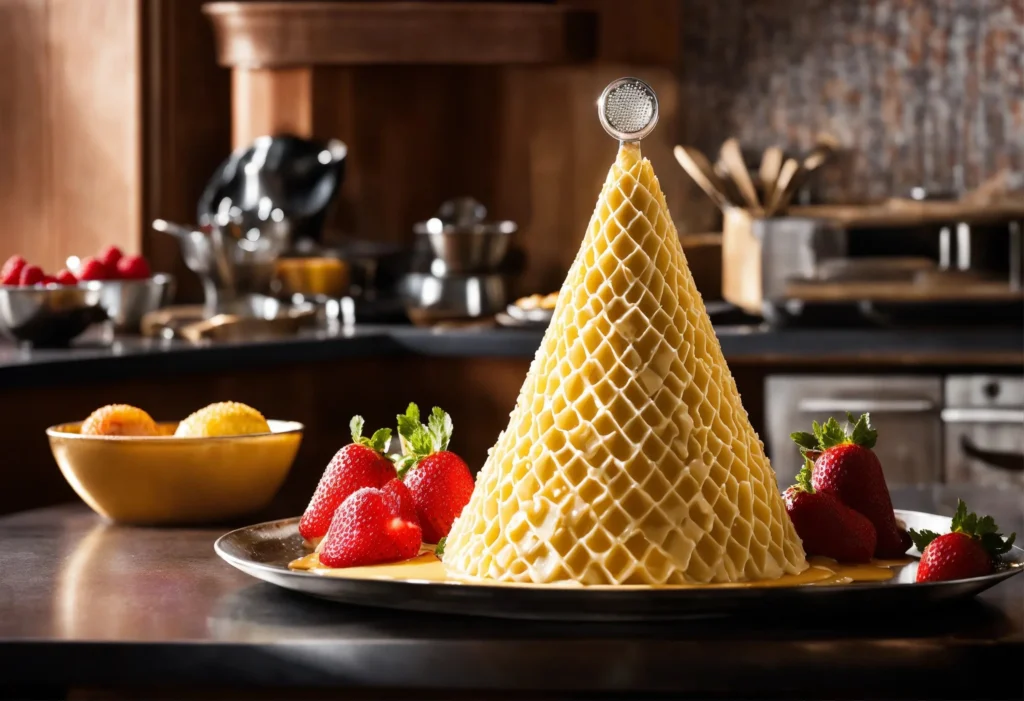
In modern culinary practices, sugar cones are often used in baking and confectionery. Their rich, slightly molasses-like flavor adds depth to various dishes, from traditional desserts to contemporary sweet creations. The use of sugar cones in recipes is not just about adding sweetness; it’s about infusing a hint of history and a touch of elegance.
The Evolution of Sugar Loaves in Today’s World
Today, the aesthetic appeal of sugar cones is also appreciated. They find frequent use in decorative displays, particularly in settings intending to evoke a historical or rustic ambiance. In certain cultures, traditional ceremonies and celebrations still utilize sugar cones, symbolizing prosperity and sweetness in life.
The perception of sugar cones in contemporary society also reflects our growing awareness of sugar consumption and its health implications. While sugar cones are a delightful treat. There’s an increasing emphasis on enjoying them in moderation, aligning with modern health-conscious trends.
Health Perspectives on Sugar Cones
Nutritional Insights into Sugar Pyramids
In today’s health-conscious world, understanding the nutritional impact of what we consume is crucial. Enjoy sugar cones in moderation since they are delightful in taste but essentially concentrated forms of sugar. They primarily consist of sucrose and may contain traces of molasses, depending on the refinement process.
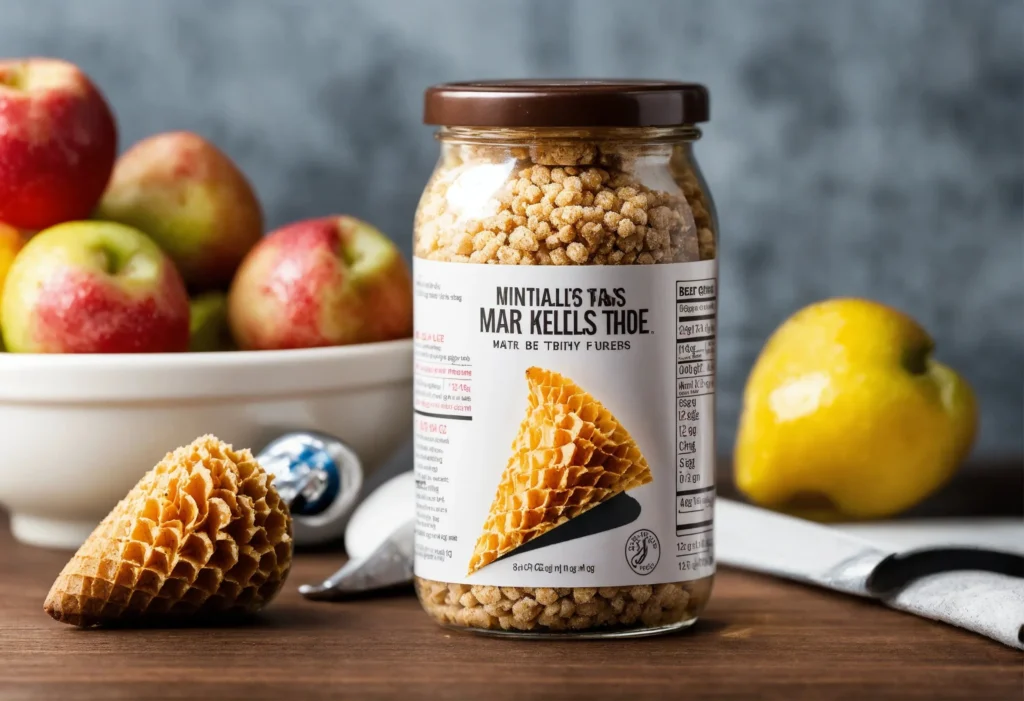
Analyzing the Nutrients in Conical Sugar
A typical sugar cone primarily offers carbohydrates, with a negligible amount of minerals or vitamins. The calorie content is high, given that it’s pure sugar. However, it’s important to note that sugar cones can vary in their nutritional composition based on the type of sugar used and the degree of processing it has undergone.
Health Considerations for Sugar Cone Consumption
To maintain a balance with potential health impacts, one should be aware of the consumption of sugar cones, as with any form of refined sugar. Overconsumption of sugar can lead to various health issues. including dental problems, weight gain, and an increased risk of chronic diseases. Therefore, in managing diets where sugar intake needs monitoring, it is advisable to use sugar cones sparingly as a delightful addition to your culinary repertoire.
Common Queries About Sugar Cones
Answering Your Questions on Sugar Loaves
As we conclude our exploration of sugar cones, let’s address some frequently asked questions that often arise regarding this intriguing subject.
- How were sugar cones traditionally used?
- Historically, sugar cones were grated or chipped off using special tools like sugar nippers. They were a common ingredient in sweetening teas, coffees, and in baking.
- Can sugar cones be used in modern cooking?
- Absolutely! Sugar cones can be creatively incorporated into modern recipes, especially in baking, to add a rich, slightly molasses-like flavor.
- Are sugar cones healthier than regular granulated sugar?
- Nutritionally, sugar cones are similar to granulated sugar, primarily consisting of sucrose. Their health impact is comparable to that of regular sugar, and they should be consumed in moderation.
- How should sugar cones be stored?
- Sugar cones should be stored in a cool, dry place. To retain their shape and texture, it’s best to keep them in an airtight container, away from moisture.
- What is the historical significance of sugar cones?
- Sugar cones were a symbol of wealth and status in the 18th century. They played a significant role in the sugar trade. Which was a crucial part of the economy and had a profound impact on historical events.
- Can sugar cones be used as a decorative element?
- Yes, their unique shape and historical charm make sugar cones an excellent choice for decorative displays, especially in settings with a historical or rustic theme.
- Are there different types of sugar cones?
- Yes, sugar cones vary in size and quality. Smaller cones are usually more refined and expensive, while larger cones are less refined and cheaper.
Conclusion
As we have covered all the outlined parts of the article, we have reached the conclusion of our exploration into the world of sugar cones. This journey has taken us through the historical significance, production processes, modern applications, nutritional aspects, and commonly asked questions about sugar cones.
In summary, sugar cones are not just a culinary ingredient. They are a symbol of history, a testament to the evolution of sugar consumption and its socio-economic impact over centuries. From being a luxury item in the 18th century to becoming a versatile component in modern cooking, sugar cones have traversed a remarkable path. Their story is a blend of art, science, and tradition, revealing much about our past and present culinary practices.
Identified as contributing a unique flavor and historical charm to dishes. The recommendation is to exercise moderation in enjoying sugar cones due to their high sugar content. The creative and diverse use of sugar cones in modern cuisine serves as a reminder of the balance sought between indulging in life’s sweet moments and maintaining a healthy lifestyle.


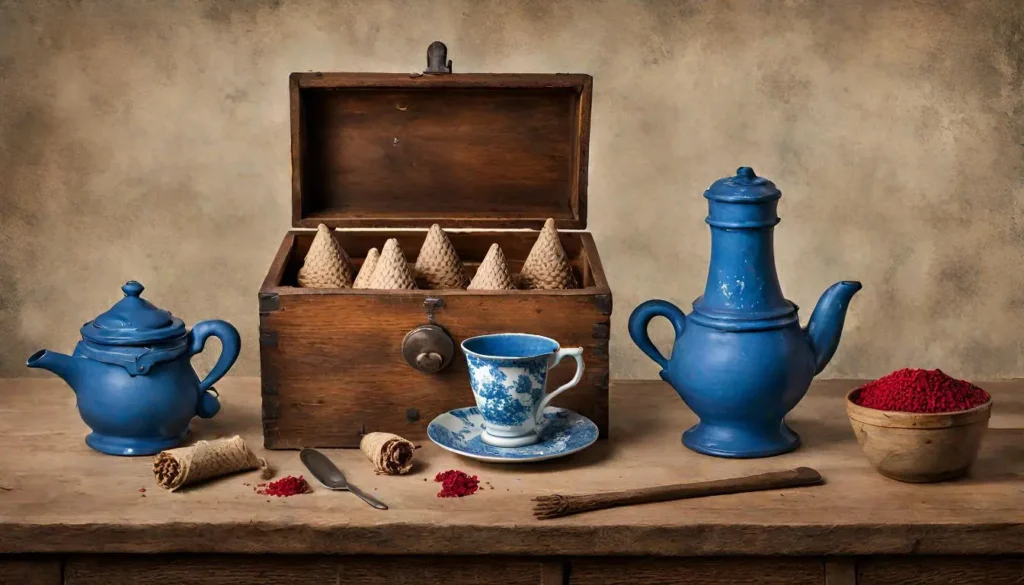



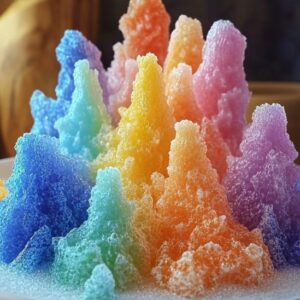

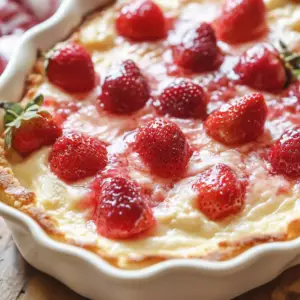
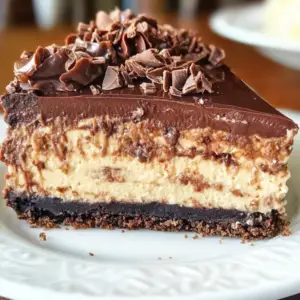


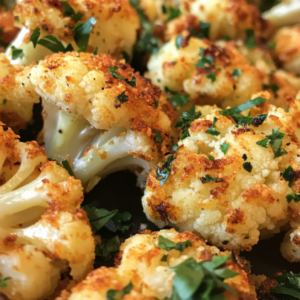

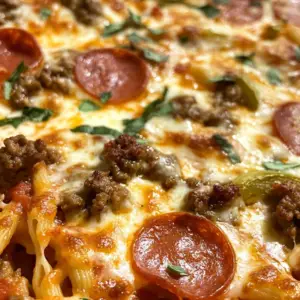



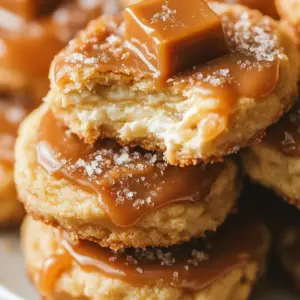
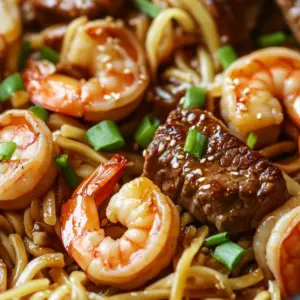

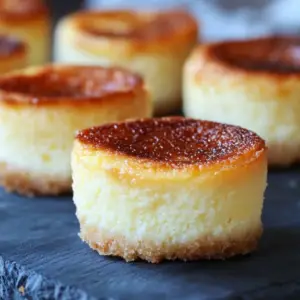

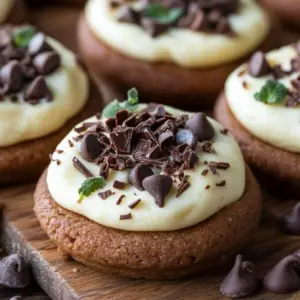
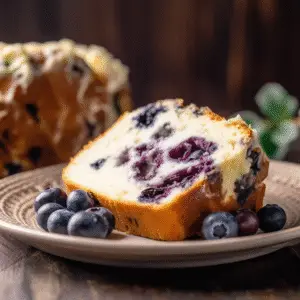




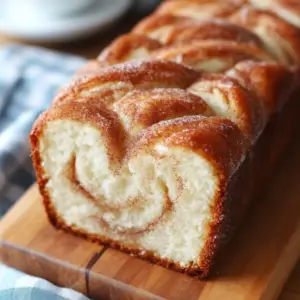



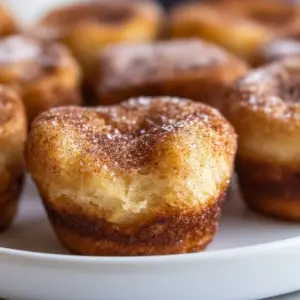
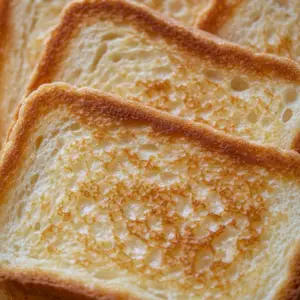
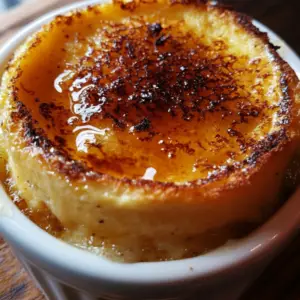
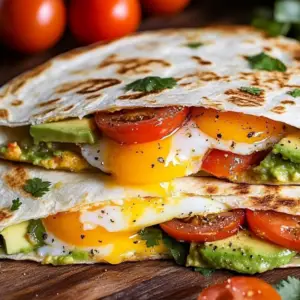




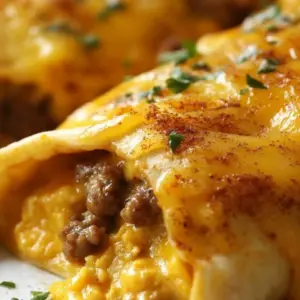
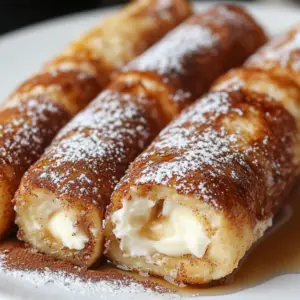
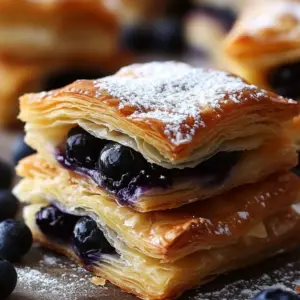

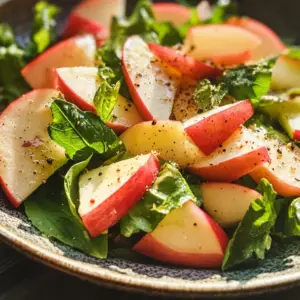

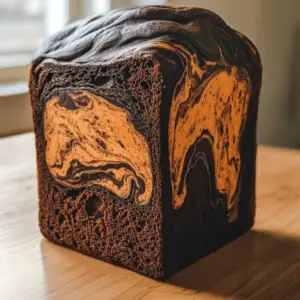
2 thoughts on “What is a Cone of Sugar? – Unveiling the Sweet History and Uses”
ipsam voluptas dolorem et. rem harum cupiditate quasi dignissimos cum omnis harum doloribus. consequatur in sapiente ad voluptas qui blanditiis odio voluptatem distinctio et autem voluptas ducimus qui
illum repellendus placeat ut officiis doloremque facilis error iusto veniam eum ipsum sint. tempore sint libero ut odio officia hic nisi aut consequatur recusandae in aspernatur sapiente perferendis n